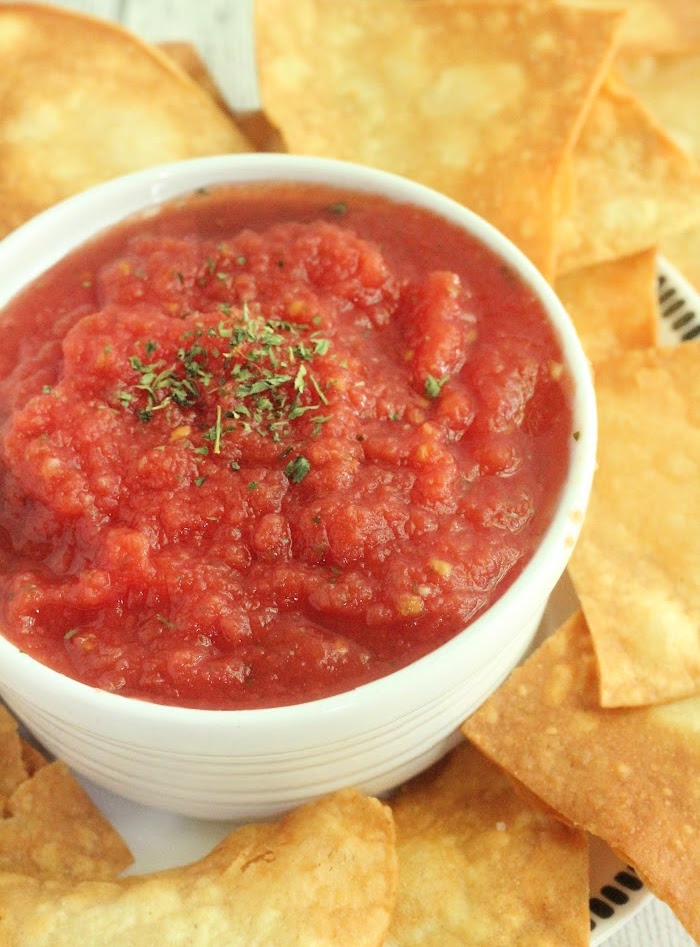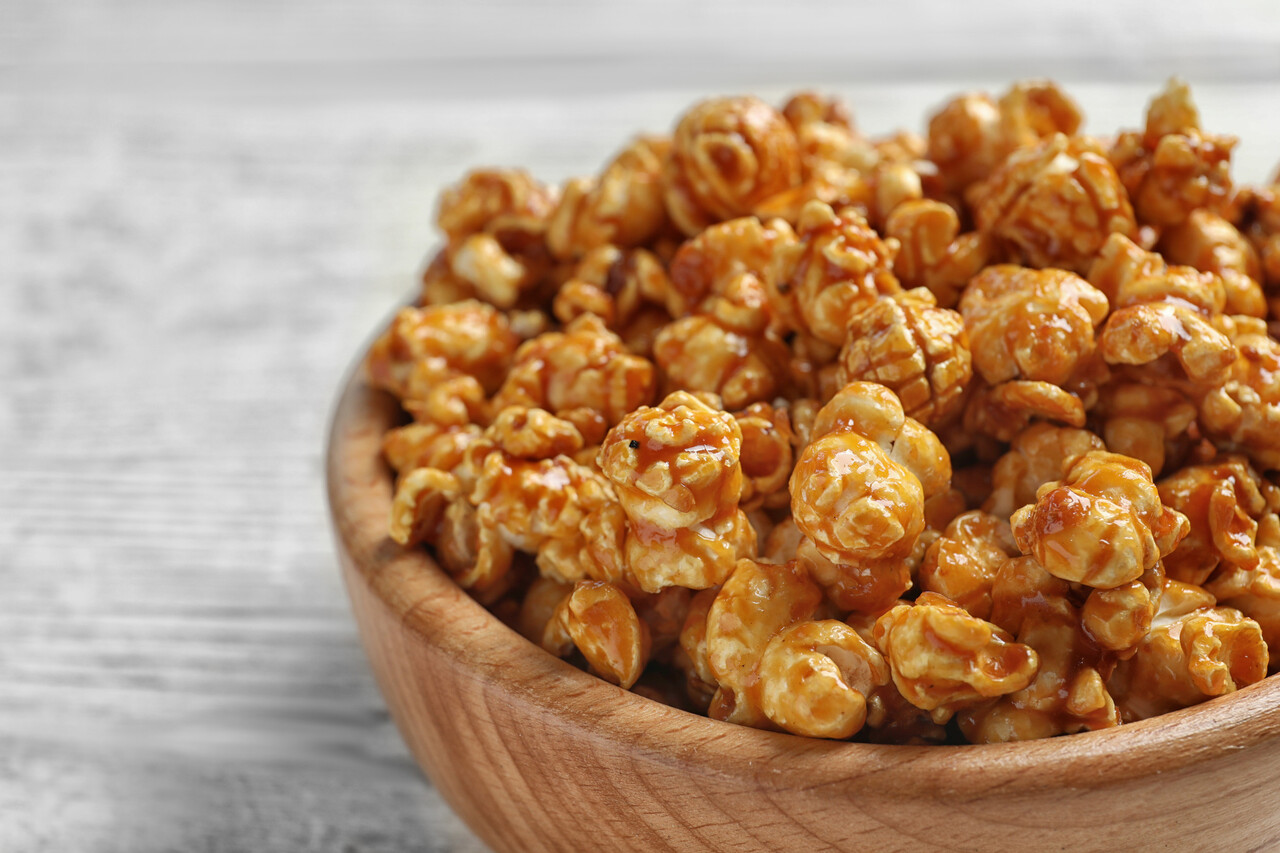9 Heartwarming Ways Food Connects Generations This Season

Every season draws people closer, but food is what really brings generations together. Food keeps traditions alive, from the recipes that grandparents and grandkids share to the fragrances that fill the air at family gatherings. It’s not only what we consume; it’s who we are, what we remember, and what we pass on. This season, kitchens all across the world will be places where people can interact, tell stories, and laugh. Here are nine amazing ways that food brings people of all ages together and makes memories that last forever.
1. Sharing Family Recipes
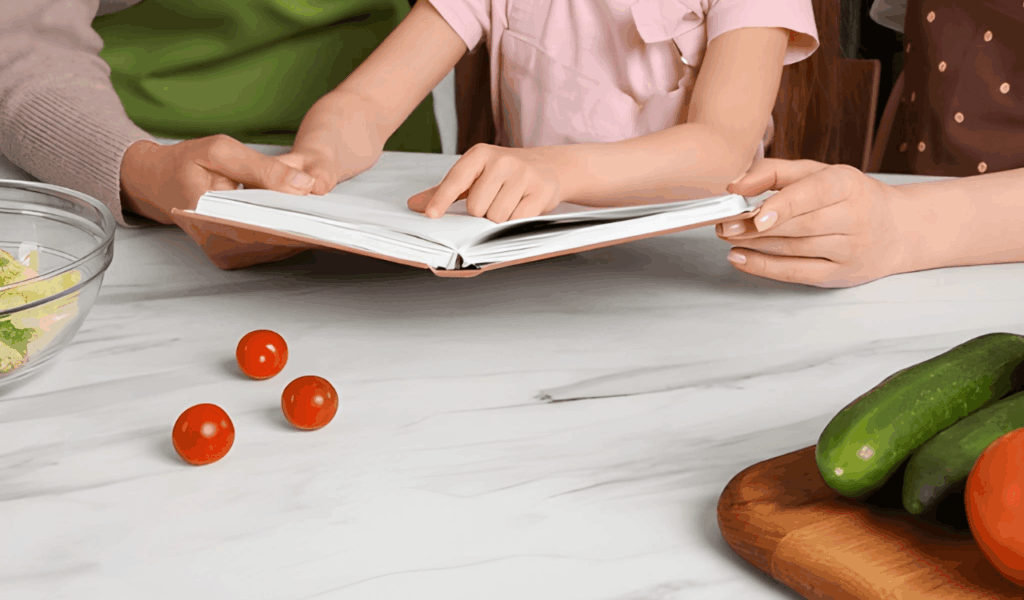
Every recipe has a tale to tell. Family recipes are like time capsules, keeping memories alive with every bite, whether it’s Grandma’s pie crust or Dad’s Sunday chilli. One generation gives another a recipe, which is a part of their existence that has flavors that are connected to feelings and experiences. When you cook from ancient handwritten notes or worn-out cookbooks, you can often hear and smell the past. These meals remind us that even if the ingredients may change, the love and attention that goes into them stays the same.
2. Cooking Together as a Family
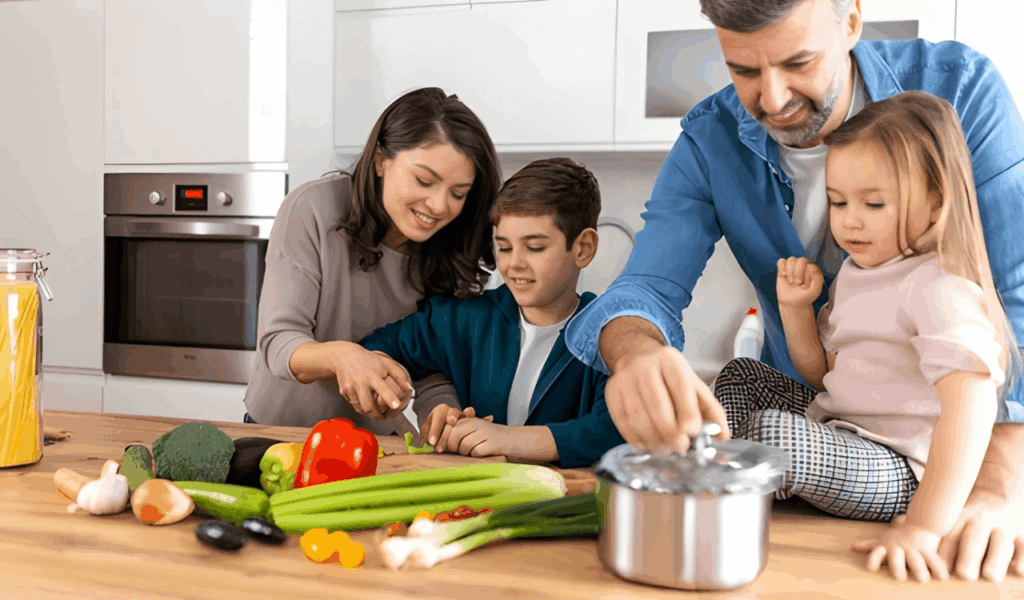
Cooking together makes even the simplest meals become special rituals. When kids chop, stir, and taste with their parents or grandparents, they learn to be patient, work together, and appreciate food. For elderly people, it’s a chance to teach, tell stories while stirring pots, and make something together that everyone can appreciate. These times together aren’t about being perfect; they’re about being together. When everyone helps make supper, it tastes a little more like love and togetherness.
3. Reviving Forgotten Dishes

Every family has a few recipes that steadily fade away over time. These are the dishes that used to be classics but are no longer made because of modern shortcuts. Bringing them back gives people a sense of who they are and pride in their culture. It could be a soup from great-grandma’s village or a dessert that was formerly eaten on rare occasions. Cooking them again brings back that taste. It’s a way to say, “We remember.” Even changing the recipes to use today’s ingredients keeps the tradition alive and lets the following generation make it their own.
4. Passing Down Kitchen Wisdom
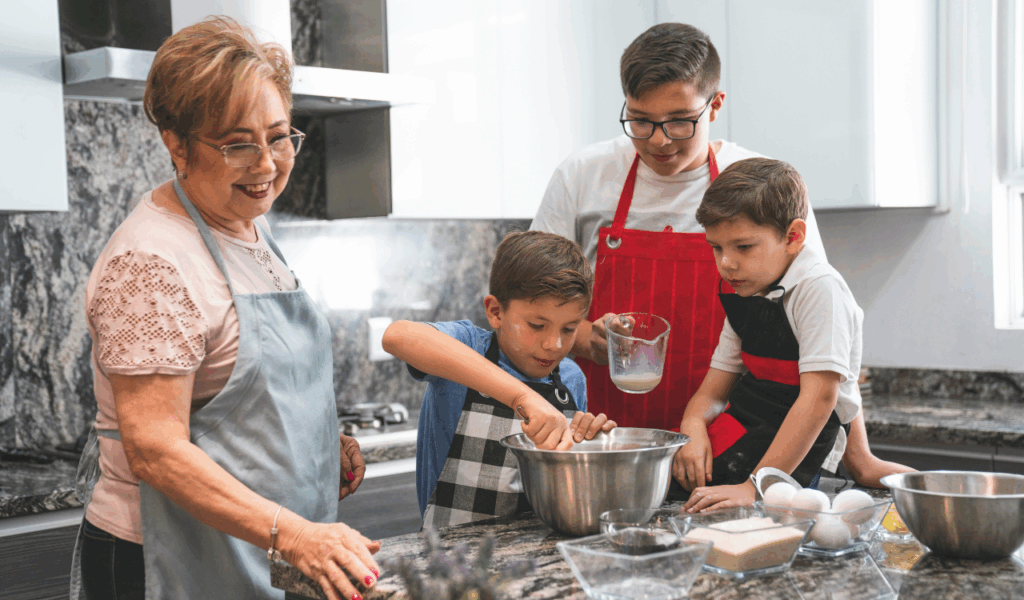
People pass down more than simply recipes; they also pass down the tiny tips and tricks that go with them. How to know whether oil is hot enough without a thermometer, how to test dough by touch, or how to tell if soup is done by smell. You can’t always find these instinctive lessons in recipes. They learn by observing and doing, which builds confidence and connection. When younger chefs learn such information, they also feel proud of keeping up with the family’s kitchen rhythm, one meal at a time.
5. Creating New Traditions

Tradition gives us stability, and innovation keeps things going. Every generation adds their own taste, in a real way. You could switch out the turkey for a plant-based roast, or you could create a new Sunday pasta night that never happened before. Making new traditions doesn’t get rid of the existing ones; it adds to the family’s story. It keeps everyone interested and makes sure that food stays a live, changing way to show affection. These little changes keep family ties strong, important, and ready to be handed on again.
6. Celebrating with Seasonal Ingredients
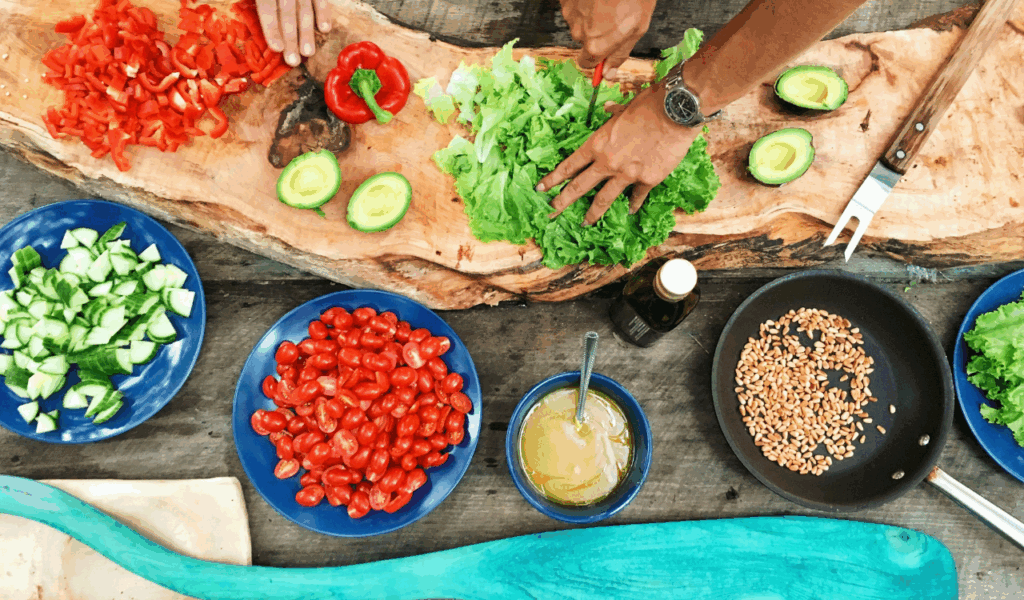
In the fall, pumpkins remind us of family gatherings. In the winter, citrus fruits remind us of family gatherings. In the spring, berries remind us of family gatherings. In the summer, maize reminds us of family gatherings. Cooking with what’s in season connects the present to the way past generations lived. It’s also a soft lesson about being thankful and taking care of the environment. Families connect with the planet and their ancestry when they cook using fresh, local food. A simple pot of seasonal soup may connect old traditions with being present in a beautiful way.
7. Hosting Multigenerational Meals
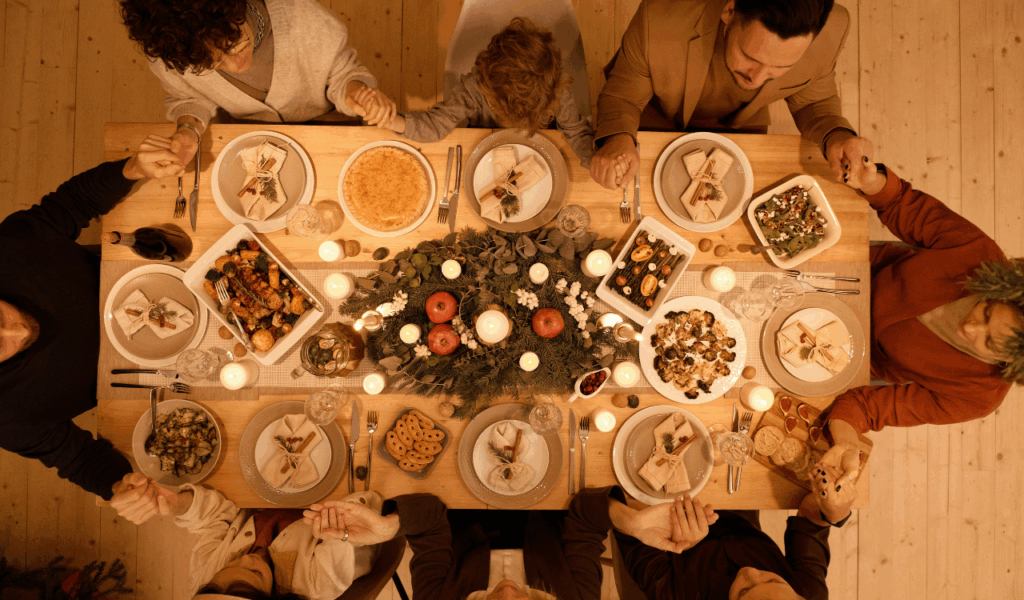
There is something special that happens when grandparents, parents, and kids all sit down at the same table. People of all ages come together easily around shared plates, where stories flow and laughter resonates. These kinds of meals remind everyone that family isn’t just about age; it’s a continuum. Cooking and dining together generate emotional connections that remain long after the dishes are done. Food is one of the main things that keeps families together, whether it’s a holiday feast or a simple brunch on the weekend.
8. Learning Cultural Heritage Through Food
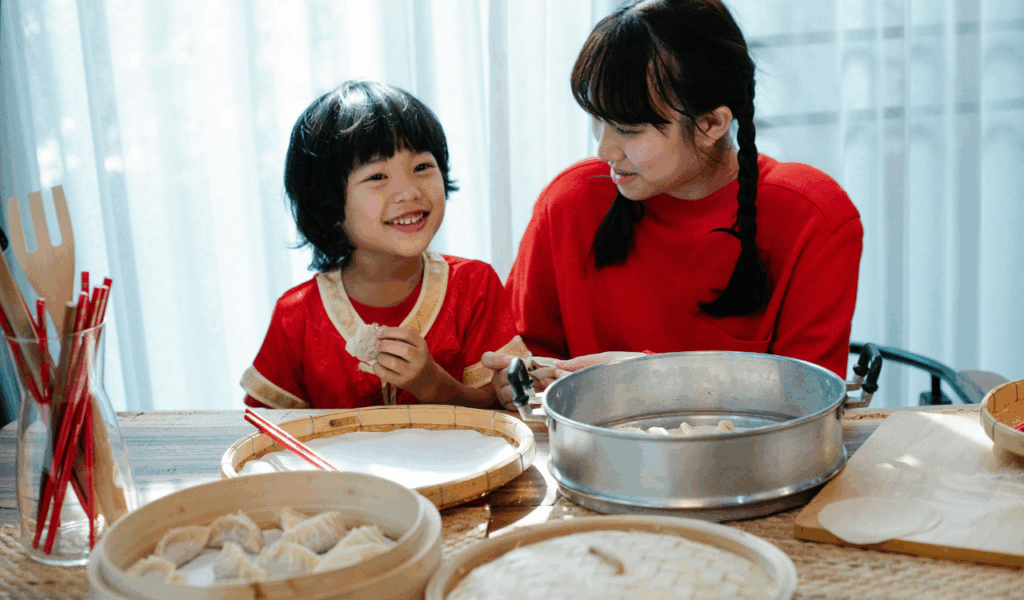
Food is frequently the easiest method to learn about our past. A single meal can educate youngsters more about their history, morals, and geography than any book. When you make meals that are related to your culture, like tamales, pierogi, curries, or dumplings, your kitchen becomes a place to learn about other cultures. It’s also a means for older people to feel seen and heard as they share recipes that helped them become who they are. These lessons in taste turn into lessons in belonging, reminding us that our past is on every plate.
9. Preserving Memories Through Flavor

Taste is the best way to bring back memories. A smell we know can take us back decades to family kitchens that were warm and full of conversation. We may remember those times and share them with the next generation by cooking those similar meals today. It’s a way to remember and thank loved ones, even if they’re not at the table anymore. Every flavor in family recipes tells a narrative that will never go away.
